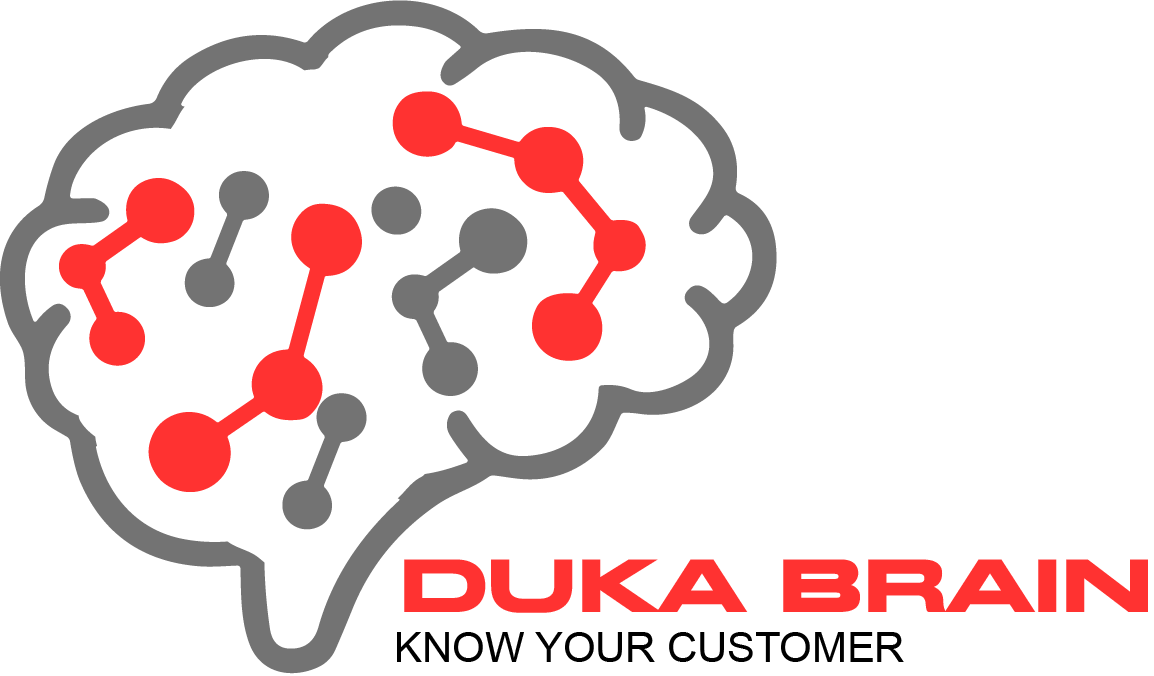1. Introduction: The New Frontier in Brand Perception
AI is evolving from a tool to an interpreter—a gatekeeper at the crossroads of brand presence and public perception. If you think artificial intelligence only impacts ads and automation, consider the latest Search Engine Land article: it introduces a new challenge for every e-commerce brand—the “perception-match hurdle.”
This concept isn’t theoretical. As large language models (LLMs) drive recommendations, search results, and virtual assistants, they’re increasingly responsible for communicating your brand’s value to consumers—often, before your site or sales team can. When AI misreads a brand, the cost is immediate: inaccurate search placement, mismatched recommendations, diluted trust.
In 2024 and beyond, e-commerce brands must contend with how AI sees them—or risk being lost in translation. Why? Because AI-driven perceptions are being scaled across every digital touchpoint.
In this guide, we’ll break down this “perception-match” challenge, show why it’s critical now, and outline how platforms like DukaBrain are future-proofing brand identity for the AI era.
2. Why AI’s Perception of Your Brand Matters More Than Ever
Your Brand, Amplified or Distorted by AI
AI isn’t just automating backend processes—it’s inserting itself actively between your brand and your customers:
- Search Engine Integration: LLMs power engines that interpret queries and rank results. If your brand’s intent, product category, or promise isn’t clear to the AI, your visibility plummets.
- Virtual Assistants: Google Assistant, Alexa, and Siri rely on AI to choose which brands to surface. Their interpretation of your brand narrative frames recommendations, reviews, and even spoken responses.
- Recommendation Systems: AI tailors product suggestions in marketplaces and platforms. Incorrect interpretations mean your items are paired with the wrong audience.
- Brand Representations in Generative Content: As customers ask AI for product reviews, summaries, or buying guides, LLMs generate written content reflecting their “understanding” of your brand. A mismatch here pushes potential buyers to competitors.
The Risks of AI Misreading Your Brand
When AI gets your brand wrong, the impact resonates across digital commerce:
- Lost Sales: Products not surfaced to relevant buyers due to poor AI interpretation disappear from the consideration set.
- Diluted Brand Equity: Off-the-mark summaries, reviews, and responses make customers question what you stand for.
- Negative Customer Experiences: Mismatched recommendations or inaccurate voice assistant answers break trust at the most crucial moments.
AI now represents your brand at scale. Getting this perception right is a competitive requirement—not a luxury.
3. Understanding the LLM Perception-Match Hurdle
What is the “Perception-Match Hurdle”?
As Search Engine Land describes, LLMs struggle to “match” the reality of a brand with the signals they gather online—website text, product metadata, reviews, and even social chatter.
- Technical Complexity: AI systems extract meaning from vast, noisy data. A single ambiguity—a confusing tagline, overlapping product categories, inconsistent language—can distort AI’s interpretation.
- Context Matters: LLMs don’t “know” your brand. They infer identity from available data. If your narrative isn’t clear, or if your messages are scattered, AI creates its own summary. Sometimes, it gets this wrong.
Why Can’t AI Simply “Learn” Better?
Generative AI is powerful but not all-seeing:
- It Can’t Fill in Gaps: If product descriptions are vague or reviews conflict, AI “guesses” what your brand represents.
- It’s Prone to Bias: LLMs may amplify outdated or incorrect online perceptions, especially if your digital footprint is inconsistent.
The Consequences: E-commerce Scenarios
Imagine a natural skincare brand that positions itself as hypoallergenic. If AI scrapes old, generic content or conflicting reviews, it might tag the brand as “organic” instead. In a voice assistant search for “best hypoallergenic skincare,” this product could be excluded.
Or picture a fashion label that’s pivoted from “streetwear” to “athleisure.” Unless signals across your ecosystem are updated and aligned, AI-powered recommendations will keep presenting your old messaging—turning away future customers.
The perception-match hurdle is slowing AI’s effectiveness for brands that don’t actively manage how they’re represented in language and metadata.
4. How DukaBrain Helps Brands Overcome AI Perception Challenges
Clarity and Consistency for AI Understanding
DukaBrain specializes in bringing clarity and consistency to your digital brand signals. Its marketing intelligence platform is built to align your messaging with how LLMs—and thus, your customers—see your brand.
DukaBrain’s Key Capabilities
- Brand Signal Mapping: Uncover whether your current messaging, meta tags, and content paint a consistent identity online.
- Data-Driven Insights: Automated scans highlight discrepancies between intended brand identity and publicly available data—across your site, third-party listings, and user reviews.
- AI-Aware Content Optimization: Smart recommendations guide you to adapt copy, metadata, and descriptions for maximal AI clarity.
- Competitive Benchmarking: See how your brand is perceived against the competition and industry benchmarks, according to AI-driven tests.
- Health Metrics for AI Perception: Custom dashboards track changes in brand resonance as LLMs evolve, using metrics explicitly designed to reflect AI “understanding”.
Example: From Muddled to Meaningful
A mid-size apparel client of DukaBrain noticed declining visibility in AI-driven search. An audit revealed scattered product descriptors (“eco-friendly,” “activewear,” “urban”) confusing AI systems. After standardizing descriptors and aligning all web copy, DukaBrain tracked a 28% improvement in AI-driven product recommendations and a 37% uptick in relevant organic search queries.
Another brand, frustrated by negative generative summaries, used DukaBrain tools to correct inconsistencies in legacy product reviews and streamline their brand story across platforms. Within three months, customer feedback and sales both jumped, as AI reflected a clearer, more attractive brand identity.
5. Benefits of Optimizing Your Brand for AI Perception
A tailored brand presence doesn’t just “look good”—it wins real business outcomes in the age of AI.
Advantages at a Glance
- Superior Search Rankings: AI-optimized brands surface more often for relevant queries, driving organic visibility.
- Smarter Recommendations: E-commerce engines and assistants match you with the right audience, boosting conversions.
- Authentic Brand Authority: Consistent language and messaging are echoed in AI-generated content, reviews, and third-party summaries—building trust.
- Competitive Agility: Real-time monitoring means you catch and respond to new AI-driven trends or shifts before competitors.
- Reduced Risk: Proactive adjustment shields you from damaging mismatches or misclassifications in LLM-powered environments.
- Cost Efficiency: Less spending wasted on “correcting” misguided AI placements or irrelevant customer traffic.
Data That Underscores the Trend
- Over 70% of online shoppers now rely on AI-powered recommendations to inform purchases (Gartner, 2023).
- Brands with consistent, AI-optimized digital signals see up to 40% better conversion from organic search and virtual assistant referrals (DukaBrain internal study, 2024).
- A Forrester 2024 survey showed consistency in branded language across platforms directly increases perceived trust by 20%+ among digital shoppers.
6. What E-commerce Brands Should Do Next
Optimizing brand perception for AI visibility isn’t a one-off—it’s a continuous process. Here’s how to transform your approach:
-
Audit Your Online Footprint
- Inventory current site content, descriptors, product tags, metadata, and brand messaging.
- Identify mismatches or outdated references that could confuse AI systems.
-
Standardize Your Messaging
- Align brand elements—USPs, taglines, target personas—across all digital channels.
- Ensure your value proposition is clear and stably articulated.
-
Monitor AI-Driven Reactions
- Use tools (like DukaBrain) to regularly check how different LLMs and platforms interpret and represent your brand.
-
Proactively Update Brand Signals
- When you rebrand, launch new products, or change focus, update all references immediately—don’t let old narratives shape new impressions.
-
Leverage DukaBrain’s Platform
- Automate perception audits.
- Benchmark against competitors.
- Track shifts in AI understanding with actionable dashboards.
-
Stay Ahead of the AI Curve
- Subscribe to industry updates on LLM changes, new digital touchpoints, and emerging standards.
- Treat AI perception as a core pillar of digital brand health—a regular agenda item in your marketing strategy.
7. Conclusion and Call to Action
Winning at e-commerce now means winning the AI perception game. Your brand identity is no longer just what you say—it's what artificial intelligence understands and amplifies to millions of potential customers.
The perception-match hurdle cited by Search Engine Land is real, slowing down the broad adoption of AI and limiting your reach if left unaddressed. Brands that master their digital signals, streamline their messaging, and leverage platforms like DukaBrain have the upper hand in this new marketplace.
Don’t let AI get your brand story wrong. Take control:
- Book a personalized demo with the DukaBrain team,
- Ask for a free AI-perception audit,
- Or simply contact us to discuss your AI brand health.
The e-commerce landscape is changing fast. Your brand’s clarity—through the eyes of AI—might be your strongest driver of growth, trust, and resilience. Future-proof your identity today.

